The goblet squat is a foundational movement that builds serious lower body strength and mobility. By holding a dumbbell or kettlebell at chest height, this squat variation helps reinforce proper technique for bigger quads, glutes and hamstrings. Follow this guide on how to perform the goblet squat with proper form.
Choose the Right Weight
Select a dumbbell or kettlebell that is challenging to hold in the goblet position, but not too heavy to compromise your technique. Men may start with a 25-35 lb dumbbell, women with 15-25 lbs. The weight should be heavy enough to stimulate muscle growth but allow you to focus on nailing your form.
Grip It Right
Stand with feet shoulder-width apart holding the dumbbell vertically at chest height, close to your body. Firmly grip the dumbbell with both hands, as if holding a goblet. Keep your elbows tucked into your sides. This helps activate your lats and improves squat posture. Don't let the weight pull your elbows and shoulders forward.
Engage Your Core
Brace your core as if you were about to be punched in the gut. Pull your belly button toward your spine and tighten your glutes. Thisengages your entire core to keep your torso rigid during the move. Proper core bracing lends stability through your hips and spine for a safer, more effective squat.
Initiate the Movement at the Hips
Unrack the weight and stand tall, feet just outside shoulder width. Inhale and sit your hips directly back and down. The movement should initiate at your hip hinge, not your knees. Descend slowly under control, keeping your chest up. Do not round your lower back. Go down as far as you can while maintaining a flat back.
Drive Through Your Heels
Keep your knees tracking over your toes as you squat down. Your shins should stay as vertical as possible. Drive through your heels as you lower down rather than shifting weight to your toes. Keep heels planted firmly on the ground. Weight on the back half of your foot activates more glutes and hamstrings.
Rise Back to the Start
Pause briefly at the bottom, then drive through your heels to rise back up. Squeeze your glutes hard at the top to finish the move. Inhale again at the start, brace your core, and repeat for reps. Start with 3 sets of 6-8 reps. Rest 1-2 minutes between sets.
Maintain a Neutral Spine
Focus on keeping your spine neutral and hips level throughout the entire squat motion. Avoid rounding or arching your back or shifting sideways. Engaging your core helps keep your torso stable between your pelvis and shoulders.
Add Depth Gradually
Limit your range of motion as you build mobility. Go just below parallel at first - tops of thighs parallel to the ground. Progressively squat deeper over time, ideally to where your hip crease drops below your knee. Weightlifting shoes with a raised heel can help you squat deeper with better form.
Keep Elbows In
Your elbows should stay tucked into your sides for the entire movement. Flaring elbows out puts stress on your shoulders and compromises technique. Driving elbows toward your hips engages your lats to stabilize the spine. Keep the dumbbell centered close to your body.
Increase Weight Strategically
Once you build mobility and technique, gradually increase weight. This provides progressive overload to continually challenge your muscles. Aim to increase weight by 5-10% when you can perform 3 sets of 10-12 solid reps with good form.
The goblet squat is the perfect teaching squat variation. Mastering it translates to better performance in all your lower body lifts. Train goblet squats 2-3 times per week for stronger glutes, quads, and mobility.







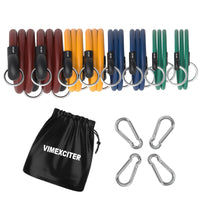
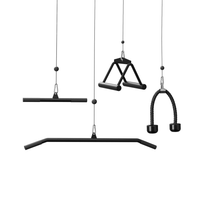

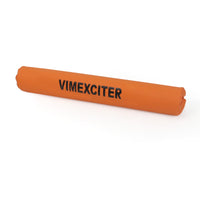
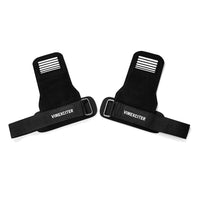
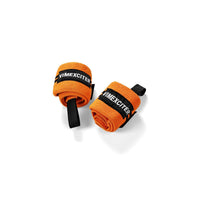
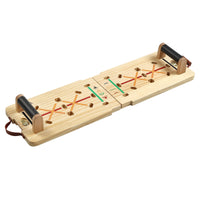
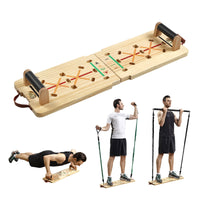
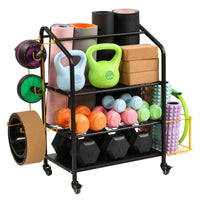
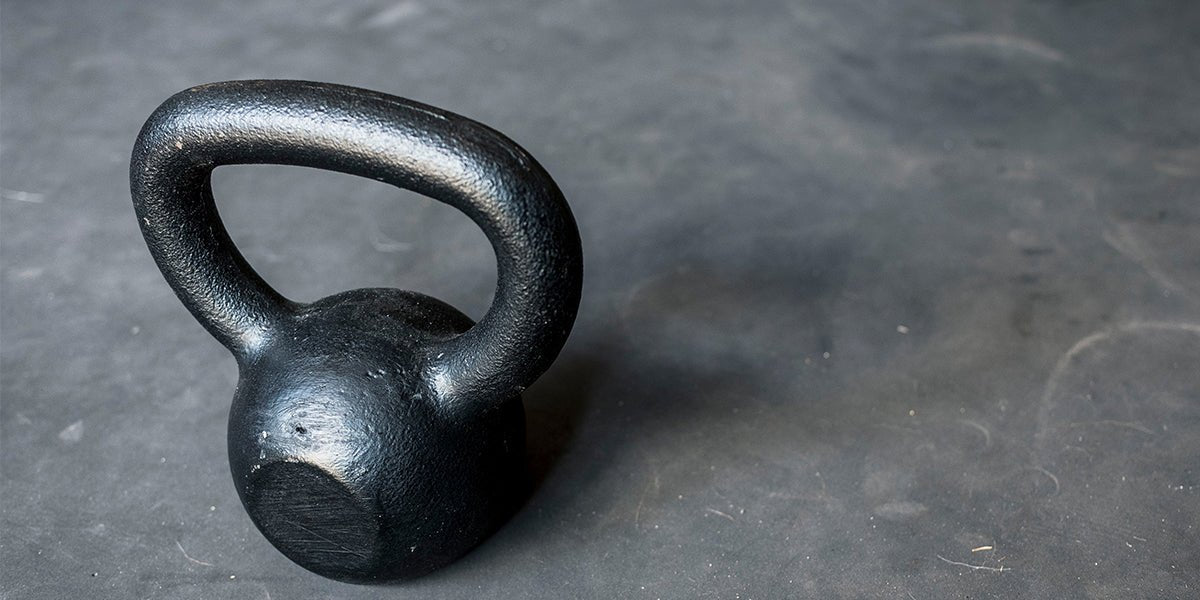
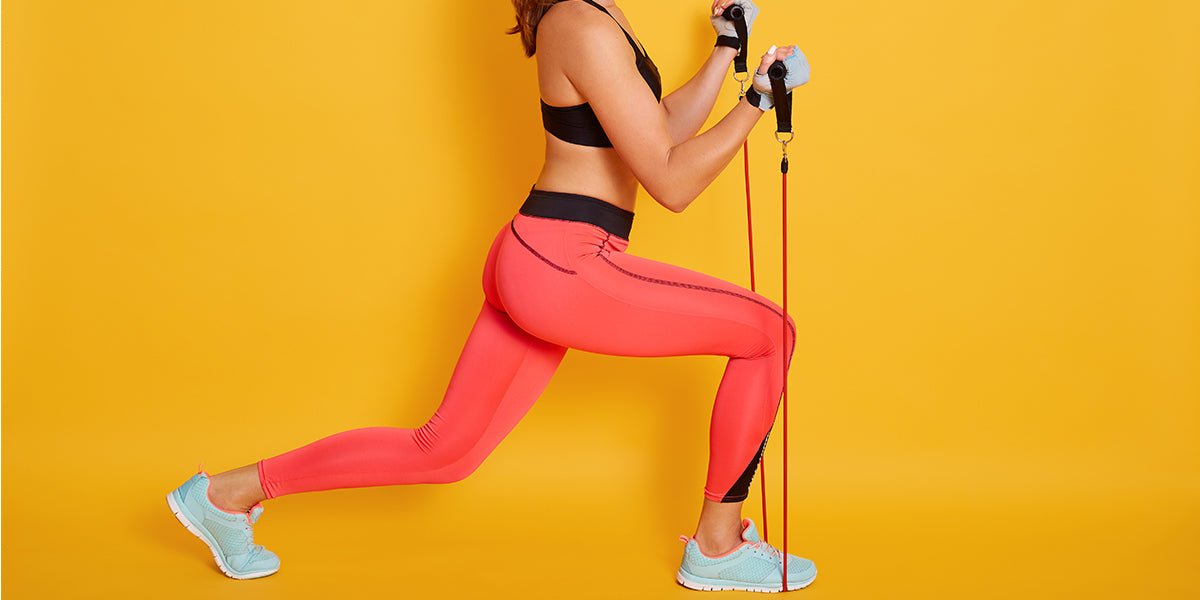

Leave a comment
All comments are moderated before being published.
This site is protected by hCaptcha and the hCaptcha Privacy Policy and Terms of Service apply.